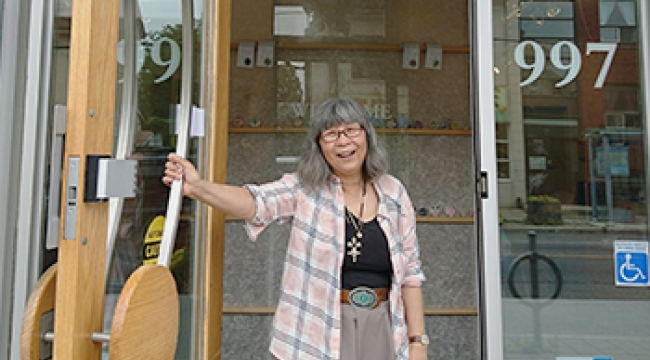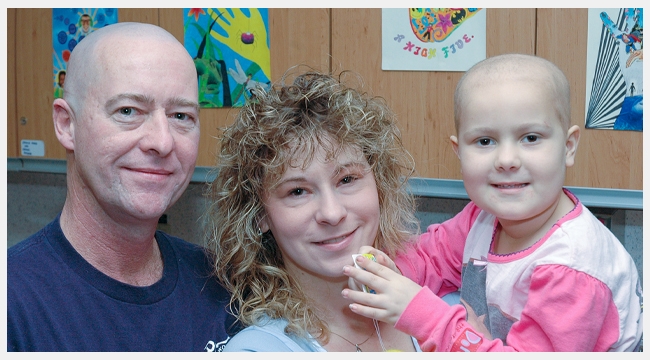Heartfelt gratitude for the ‘mind-blowing’ support of plasma donors
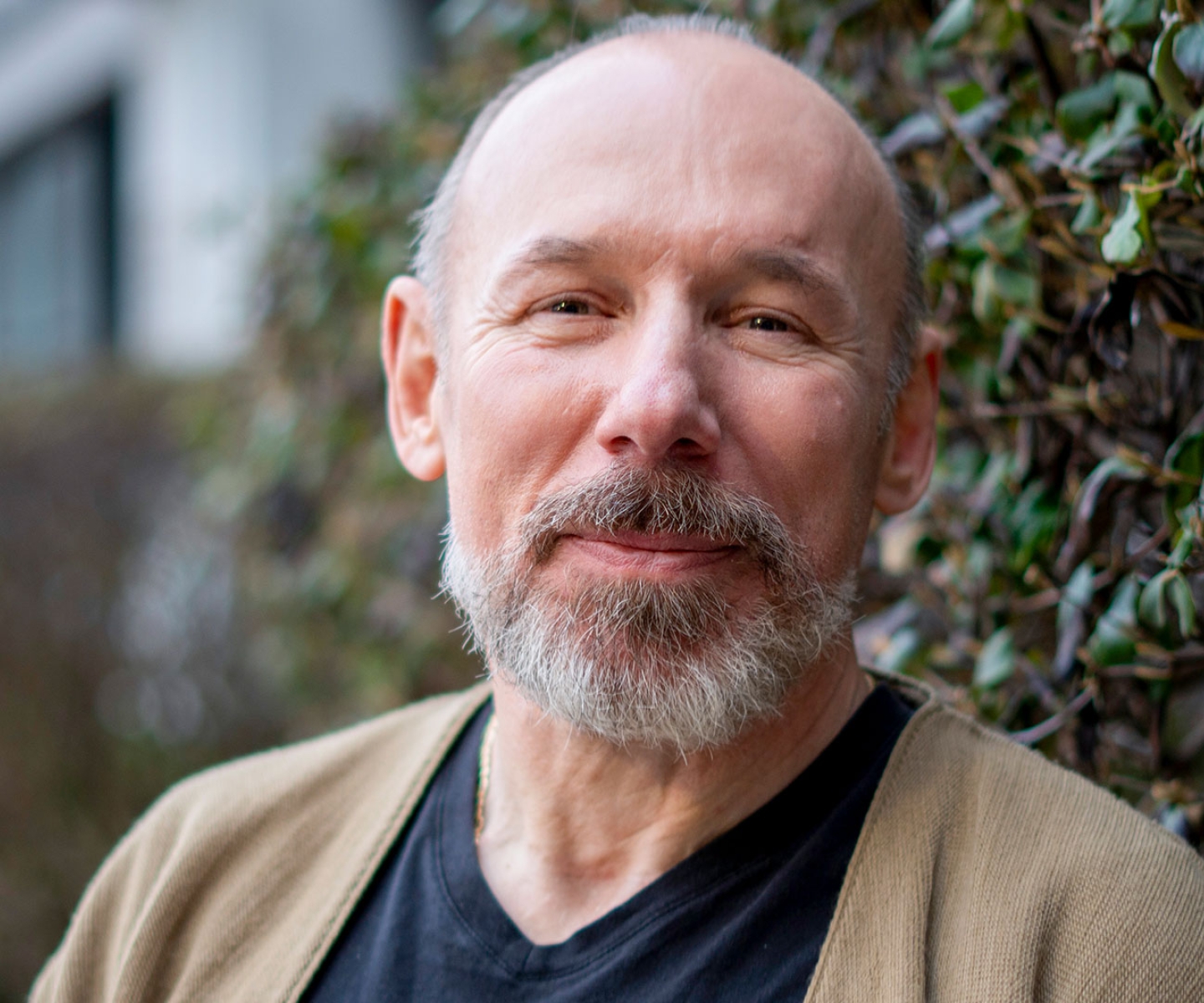
Medication made from the pooled plasma of thousands of donors enabled Marcel Lesage to survive Guillain-Barré syndrome
Ten years after a rare condition landed Marcel Lesage in intensive care and a coma, he still has a bit of pain in his feet from nerve damage. But he’s not complaining. If anything, he seems to appreciate it as a reminder to be grateful.
“When I wake up in the morning, the first thing I do is stretch my feet,” explains Marcel, who lives in Barrie, Ont. “When I do the stretch, I feel comfortable, and it’s like ‘I can’t believe I’m alive today.’”
Marcel is a survivor of Guillain-Barré syndrome. This autoimmune condition causes the immune system to attack nerve cells, with the most severe cases resulting in paralysis and even death. Plasma, the straw-coloured component of blood that makes up most of its volume, is essential for its treatment. In fact, each dose of the medication Marcel received — called intravenous immunoglobulin, or IVIG — is made through a process that pools plasma from thousands of different donors.
Marcel didn’t know right away that he’d received plasma. He was unconscious during treatment, and in any case, IVIG is a clear liquid that looks much like many other treatments you might find on a hospital IV pole. It was only years later that his son Jacob — a Canadian Blood Services employee — made the connection, prompting Marcel to take a look at his hospital records. Sure enough, he’d received IVIG over five days.
To learn that not only had he received plasma, but that he’d likely been helped by thousands of different plasma donors, was simply “mind-blowing,” Marcel says.
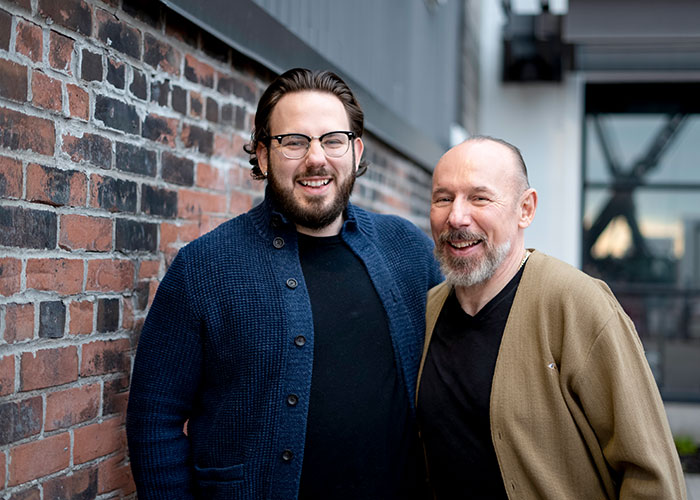
Medication from donated plasma an essential step on long road to recovery
Guillain-Barré syndrome affects about 1 in 100,000 people every year. It hit Marcel in a period when he’d been working “massive overtime” as a cabinet maker, stressing about finances, and fighting off a stubborn cold. Many people who develop Guillain-Barré, though not all, report having had an infection in the weeks before.
The first sign of danger was trouble with an ordinary task.
“When I came home, after finishing my day, I went to fill out my timesheet. I could barely write my name or my hours,” recalls Marcel.
At first, he put it down to tiredness and the cold, but by the next morning he was much worse. He remembers nearly smashing into a wall trying to get to the bathroom. He called his sister, who urged him to go to the hospital. Jacob, who was home at the time, remembers him saying “I can’t feel my legs, I can’t feel my arms. I can’t move. Help me.”
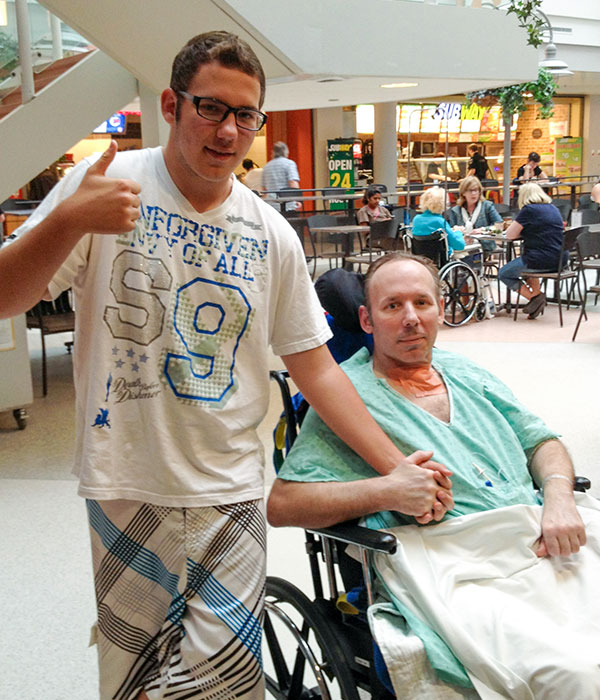
By the time Marcel arrived at the nearest emergency room, he needed a wheelchair to get out of the taxi. At the desk, he could barely speak. Not long after that, his breathing started to fail; one of the last things he remembers before blacking out is learning he would need a tracheotomy.
And the road to recovery was long. He spent two whole months in intensive care, about half of it in a coma. That was followed by two more months in hospital, where he spent his days re-learning how to sit, stand, talk and write.
Plasma donors make all the difference
As a single dad, with two sons living with him at the time of his illness, Marcel needed not only to recover but to be able to return to a physical job. He is so grateful to plasma donors for making that possible. And he’s just as grateful for the many simple pleasures he’s been able to enjoy since then.
“Thanks to plasma donors, I can move. I’m not in a wheelchair. I’m capable of working,” says Marcel. “I’m a hardworking stiff, and I’m just here doing my thing.”
Since recovering from Guillain-Barré syndrome, Marcel has taken up running, and hopes to complete a marathon one day. He was able to join Jacob and his girlfriend, Rochelle, for a “bucket list” experience, his first-ever skate on the Rideau Canal in Ottawa. A few years later, he got to see Jacob and Rochelle get married. And today, he’s looking forward to becoming a grandfather for the first time, too. Jacob’s older brother, Zachary, is expecting a baby in September.
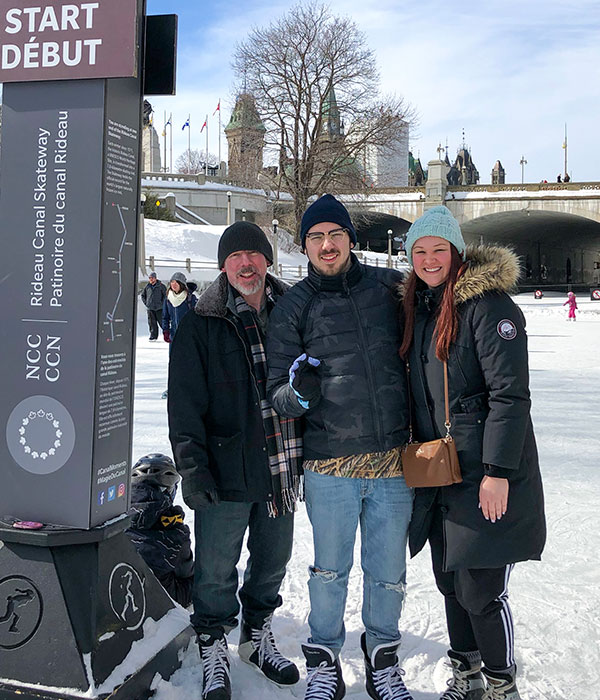
Much as he’d like to, Marcel can’t thank his many plasma donors in person. But he can easily picture what he’d do if he could meet any one of them.
“I would definitely grab them by the hand, like with both hands, and it would be ‘thank you for doing what you have done,’” says Marcel. “I think I would be teary-eyed.”
Thank you to all the recipients who have shared their stories with us for National Blood Donor Week 2024. Visit blood.ca/NBDW to read more stories and join our celebration of donors.
